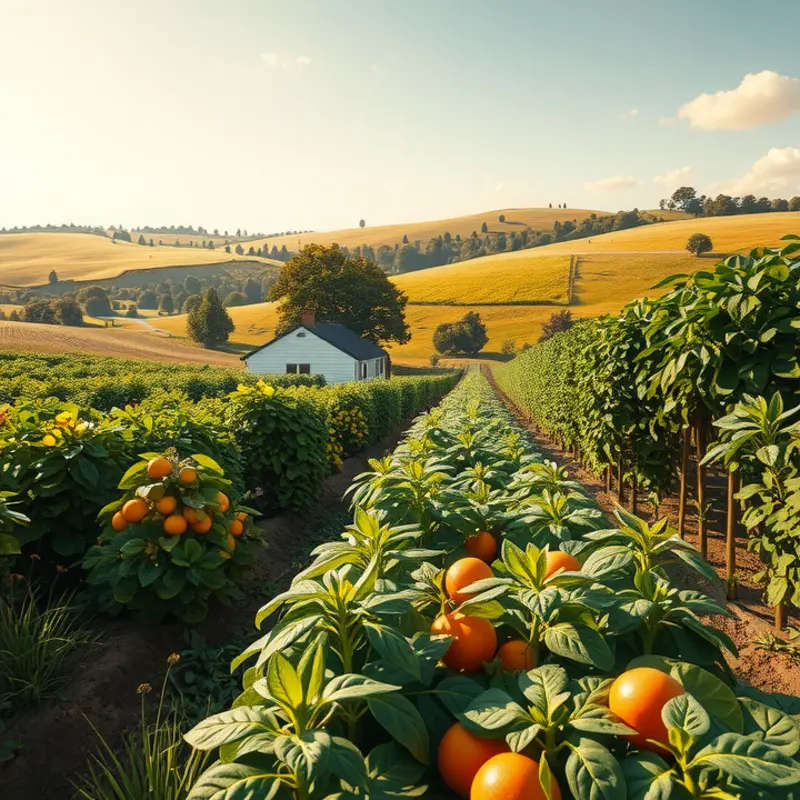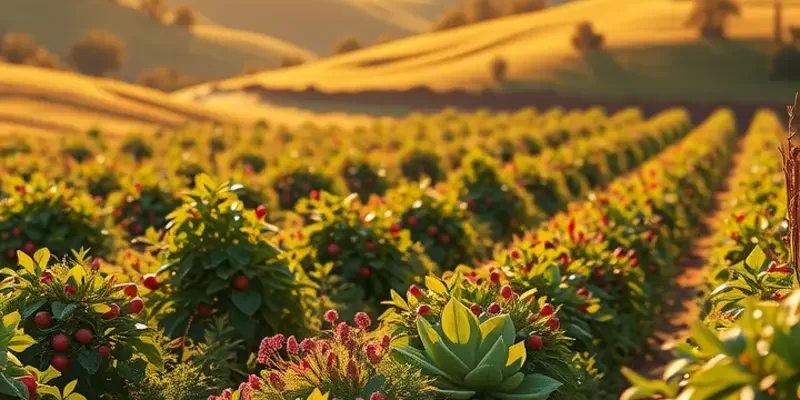A vibrant plate not only looks appetizing but also signifies nutrition and freshness. Bright, colorful vegetables can elevate any dish, making it attractive and inviting. By mastering a few straightforward techniques, you can boost the color of your veggies and impress family and friends. Whether you’re preparing a salad, roasting, or stir-frying, these tips will ensure your vegetables remain as visually appealing as they are tasty.
The Science of Color in Vegetables

Vegetables, with their diverse range of colors, make meals not only visually appealing but also nutrition-packed. The vibrant hues of vegetables are due to natural pigments such as chlorophyll, carotenoids, and anthocyanins. Each brings its own array of colors, from the deep greens of spinach to the sunny yellows of carrots and the royal purples in eggplants.
Chlorophyll is the pigment responsible for the green color in vegetables. Its vibrance can be affected by pH levels, cooking times, and even exposure to air. To retain bright greens, cook vegetables like broccoli quickly and avoid prolonged exposure to heat. A dash of baking soda may preserve color, but it can also alter texture and flavor, so it’s usually best avoided.
Carotenoids, responsible for orange, yellow, and red hues, are found in carrots, sweet potatoes, and bell peppers. These pigments withstand heat well, making them excellent contenders for various cooking methods without losing their appeal. In fact, gentle cooking can enhance carotenoid absorption by breaking down cell walls, releasing these nutrients more effectively.
Anthocyanins give vegetables their blue, red, and purple colors. They are more sensitive to changes in pH and can turn bluish in alkaline environments or red in acidic conditions. Cooking red cabbage in a slightly acidic medium, like a splash of vinegar, can help retain their vibrant red hue.
The structural integrity of a vegetable also plays a crucial role. Overcooking not only dulls the colors but also reduces nutritional content. For instance, steaming preserves both vibrancy and nutrients better than boiling. Minimal prep dinner ideas that embrace raw or lightly steamed veggies can offer both colorful appeal and nutritional benefits.
In terms of preparation, blanching is a technique that can enhance the color. Briefly submerge vegetables in boiling water, then shock them in ice water. This method not only amplifies color but also preserves the crunch. Roasting is another technique that can deepen flavors and colors of vegetables like beets and squash, bringing out natural sugars that result in caramelization.
Beyond cooking techniques, storing vegetables correctly is imperative. Many retain vibrant colors longer if stored in cool, humid conditions. Potatoes, for example, should be kept in a dark, cool place to avoid greening and sprouting, which can affect both color and taste.
Understanding the science of pigments in vegetables provides insight into how to maximize their innate beauty. The right combination of preparation and cooking techniques can transform a simple dish into a masterpiece of color and flavor. Continue exploring how presentation and pairing can further enhance the vibrancy of your veggie-centric meals in the next chapter.
Cooking Techniques for Bright Veggies

When it comes to preparing vegetables that are both visually striking and nutrient-rich, mastering certain cooking techniques is invaluable. Employing methods like blanching, grilling, and incorporating acids can keep your veggies vibrant and flavorful. Let’s explore how these techniques enhance color and nutrition.
Blanching
Blanching is an essential technique for brightening veggies. This method involves briefly boiling vegetables before plunging them into ice water. The quick boil stops enzyme actions which can cause colors to fade. The ice bath immediately halts the cooking process, locking in both color and nutrients. For example, blanching broccoli for a mere two minutes before shocking it in ice water results in a brilliant green hue. This technique is perfect for prepping vegetables in advance, and you can revisit a detailed guide on minimal prep dinner ideas that incorporate these pre-blanched greens.
Grilling
Grilling not only adds a smoky flavor to vegetables but also enhances their natural colors through caramelization. When you grill vegetables like red bell peppers or zucchini, the natural sugars and fibers develop a charred appearance that contrasts beautifully with their innate colors. To prevent vegetables from becoming too charred, maintain moderate heat and grill for a few minutes on each side. Lightly oil before grilling to prevent sticking.
Using Acids
Acids such as lemon juice, vinegar, or even yogurt can intensify vegetable colors. When applied to vegetables like red cabbage or beets, acids alter the pH level, thereby reinforcing their vivid colors. For instance, adding a splash of lemon juice to sautéed spinach not only preserves its vibrant green color but also boosts flavor.
Other Techniques
Steaming is another method that effectively preserves color and nutrients. Unlike boiling, steaming cooks vegetables with minimal water contact, ensuring the vivid colors remain intact. Steaming asparagus or green beans can result in a bright and appealing visual plate.
Combining Methods
For an added creativity boost, combine these techniques. For example, try blanching red onions before grilling them. The combination delivers beautifully carmel-colored rings vibrant in flavor and texture.
Incorporating these techniques into your cooking routine ensures that your vegetable dishes are both colorful and nutritious. These methods make each meal a visual feast while teasing your palate with enhanced flavors. By delving into these practices, you can elevate everyday cooking into an art of veggie mastery.
Final words
By embracing these simple techniques and understanding the science behind vegetable coloration, anyone can enhance the visual appeal of their meals. Incorporate vibrant colors into your cooking and watch as your dishes captivate not only the eyes but also the palate. From choosing fresh produce to mastering cooking methods, the possibilities are endless. Soon, you’ll find that your meals are not only more delicious but also a feast for the eyes, encouraging healthier eating habits for you and your loved ones.







